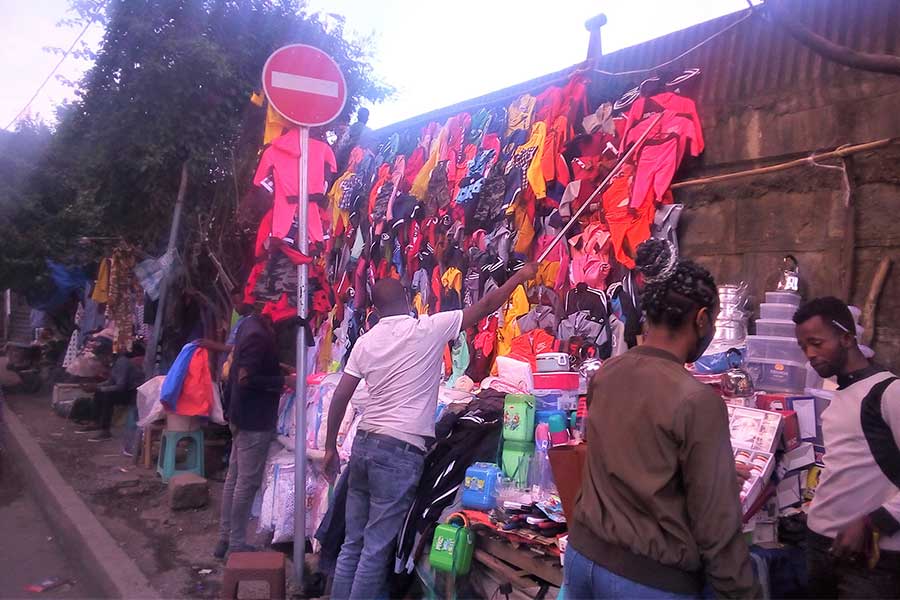
Radar | Oct 10,2020
Dec 25 , 2018
By Abdirashid M. Dahir
Walkability is not a hot topic in car-choked African megacities. However, the ever-rising dependence on cars that continues to turn cities like Addis Abeba into gridlocked nightmares could be spurring a rethink among city officials and transportation planners.
Addis Abeba’s first ever car-free day and call for more public spaces by Deputy Mayor Takele Uma mark a watershed moment in a revolution that may transform not just the transport sector but the city itself.
Addis Abeba’s nascent yet burgeoning mass transit is giving envy to many cities in Africa, not least Nairobi where Governor Mike Sonko’s ban on minibus taxis from the Central Business District snarled up traffic, spawning one of the worst traffic headaches in the city’s daily traffic jams. Now, a group of Kenyan intellectuals want Addis Abeba’s Light Rail System to be emulated. But still we have a long way to go when it comes to reining in the city’s messy car debacle.
The flaws of urban road design that plague Addis Abeba streets are not unfamiliar. The city’s roads have narrow sidewalks, almost no appropriate street trees, many wide traffic lanes and most sordid of all, high-speed traffic.
But the traffic problems and car-based transportation planning can be ameliorated by just implementing a few key physical changes for a variety of reasons, including climate change, dependence on foreign oil, rising oil prices and a growing demand among Addis Abeba dwellers to live in a walkable city.
Public open spaces located within a short walk from one another and more car-free days could be a good first step to making the city more liveable.
Addis Abeba residents seem underwhelmed by streets ruled by screeching tires. However, there was good news from the deputy mayor who, in a tweet, heeded calls for green spaces. It was announced that some of the sites leased but later reclaimed by the City Administration will be converted into public spaces.
Does Addis Ababa's mayor appear to be at peace with Daniel Moyland, the man behind UK’s Kensington Street?
As a councillor, his greatest achievement has been the transformation of the “auto sewer” into a complete street where pedestrians, cyclists, transit users and motorists all have a stake. He converted a street filled with clutter and vehicle traffic into a convivial public realm. This earned him the rare accolade of an honorary fellowship of the Royal Institute of British Architects. Now, British press describe him as one of London’s most powerful and colourful politicians.
So, is it a time for the mayor to clear roads of scruffy signs, bossy railings and sullying advertising boards?
Ethiopia is one of Africa’s brightest spots in the economy, and Addis Abeba’s population is expected to surge to over five million by 2030. As the city grows denser, the development of a rail system offers a viable solution to the congestion and recurrent traffic accidents on Addis Abeba roads. Vehicle stock is growing at 15pc every annum, and it is expected to increase by seven fold in 2030, with more than half expected to be passenger cars.
Increases in automobile dependence requires more infrastructure like flyovers, but in Addis Abeba, the irony is that walking covers 54pc of daily trips, yet there is a dearth of pedestrian infrastructure in the city. Between 1997 and 2016, the Ethiopian Roads Authority (ERA) spent a staggering 17.4 billion dollars on roads. If this trend drags on, we will be trapped in a vicious cycle of road construction.
Addis Abeba City Roads & Transport Bureau needs to adopt a complete streets policy to benefit pedestrians and cyclists. Conventional highway practices encourage wider lanes. But the complete streets concept proves proponents of wider lanes dead wrong. When Addis Abeba roads are widened to sap congestion, the new lanes would invite new drivers, and pedestrians would walk further across streets on which cars move too fast.
Complete streets should not be guided by the implementation of engineering standards, rather our streets should be guided by a good design. A long standing shibboleth among transportation planners and engineers is that wider traffic lines are good for easing traffic accidents and ensure congestion-free traffic flow.
Now, Addis Abeba like many cities in both developed and developing world has wider lanes, but recent academic research says these are not helpful. For instance, Amsterdam and Copenhagen whose travel lanes range between 2.8m and 3.25m registered the lowest crash fatality rates for 100,000 residents while Mumbai, a megacity with travel lanes between 3.25m and 3.65m has a higher fatality rate.
What about Addis Abeba?
Ethiopian cities adopt a carriage way width between six metres to 7.5 metres, according to geometric design standards in place for urban roads.
Do wider travel lanes help reduce congestion? Are wider lanes safer?
No, not in this era of flat-lining car dependence.
Lewis Mumford, the respected commentator on problems faced by New York and Paris said, “Increasing road width to reduce congestion is the same as loosening your belt to fight obesity.”
And at worst, wider traffic lanes are not safer as they lure drivers into revving up for higher speeds. If a speedy car at 50Km an hour plows into a pedestrian, there is only a 15pc chance of survival, but for a car travelling at a speed below 30Km an hour, there is a 90 percent chance the rammed pedestrian will survive.
Addis Abeba City Administration should not weigh in on “decongestion”. Instead they should focus on mobility, public realm and transit-oriented central business districts. The deputy mayor has rolled out a forward-thinking project. He needs to ease the burden on people’s wallets and the city’s roads.
The current trend will never keep up with the population swell and is woefully inadequate. Addis Ababa’s pedestrians are upset. The deputy mayor’s pledge and the car-free day spearheaded by the Minister of Health, Amir Aman (MD), are promising but to see it through is a different thing.
Why should we not embrace our long overdue urban mobility plan, public transportation and bike infrastructure the way other cities in the world have?
As Ethiopia pursues an aggressive poverty alleviation strategy, we have to see walkability as another opportunity to buttress a fiscally strapped metropolis.
The demand for walkability is changing the way cities are designed. And the new pitch is a popular proposal with Addis Abebans who want to engage with their loved ones outside of their cars. Complete streets for a liveable city may take time to trickle down to the field, but it needs to start now. The time has come to build walkable streets that put pedestrians, bicycles, public transportation and placemaking back in the mix.
PUBLISHED ON
Dec 25,2018 [ VOL
19 , NO
974]


Radar | Oct 10,2020

Fortune News | Jan 07,2023
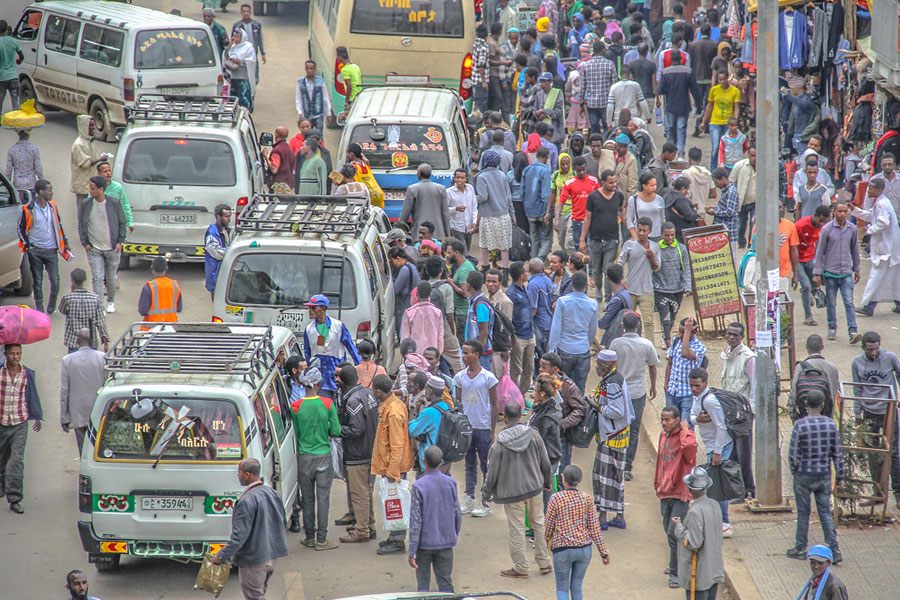
View From Arada | Jun 17,2023

Agenda | Jun 15,2019
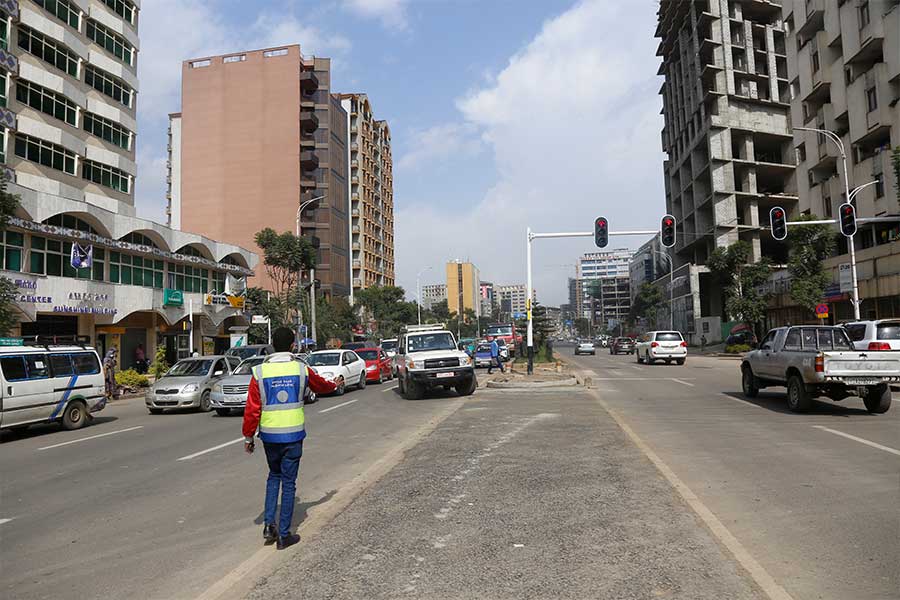
Fortune News | Jun 27,2020

View From Arada | Jun 11,2022

Agenda |

Fortune News | Nov 27,2018

In-Picture | Mar 23,2019

Radar | May 29,2021

Photo Gallery | 96712 Views | May 06,2019

Photo Gallery | 88890 Views | Apr 26,2019

My Opinion | 67159 Views | Aug 14,2021

Commentaries | 65756 Views | Oct 02,2021
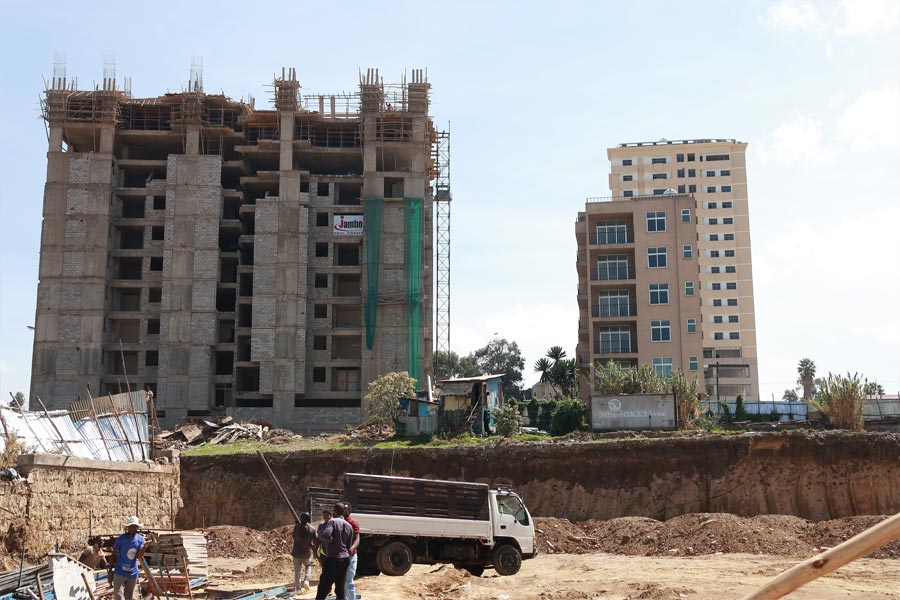
Feb 24 , 2024 . By MUNIR SHEMSU
Abel Yeshitila, a real estate developer with a 12-year track record, finds himself unable to sell homes in his latest venture. Despite slash...

Feb 10 , 2024 . By MUNIR SHEMSU
In his last week's address to Parliament, Prime Minister Abiy Ahmed (PhD) painted a picture of an economy...

Jan 7 , 2024
In the realm of international finance and diplomacy, few cities hold the distinction that Addis Abeba doe...

Sep 30 , 2023 . By AKSAH ITALO
On a chilly morning outside Ke'Geberew Market, Yeshi Chane, a 35-year-old mother cradling her seven-month-old baby, stands amidst the throng...

Apr 20 , 2024
In a departure from its traditionally opaque practices, the National Bank of Ethiopia...

Apr 13 , 2024
In the hushed corridors of the legislative house on Lorenzo Te'azaz Road (Arat Kilo)...

Apr 6 , 2024
In a rather unsettling turn of events, the state-owned Commercial Bank of Ethiopia (C...
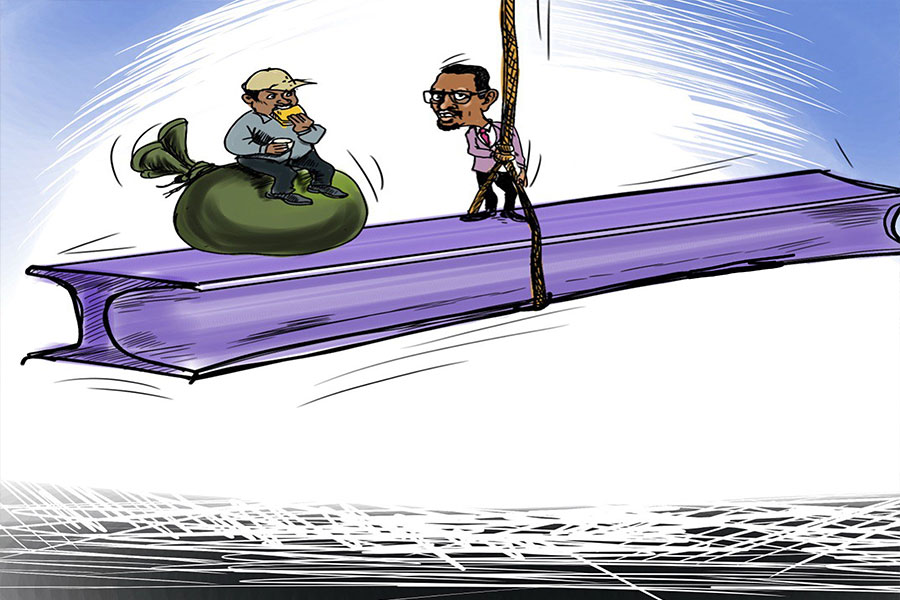
Mar 30 , 2024
Ethiopian authorities find themselves at a crossroads in the shadow of a global econo...
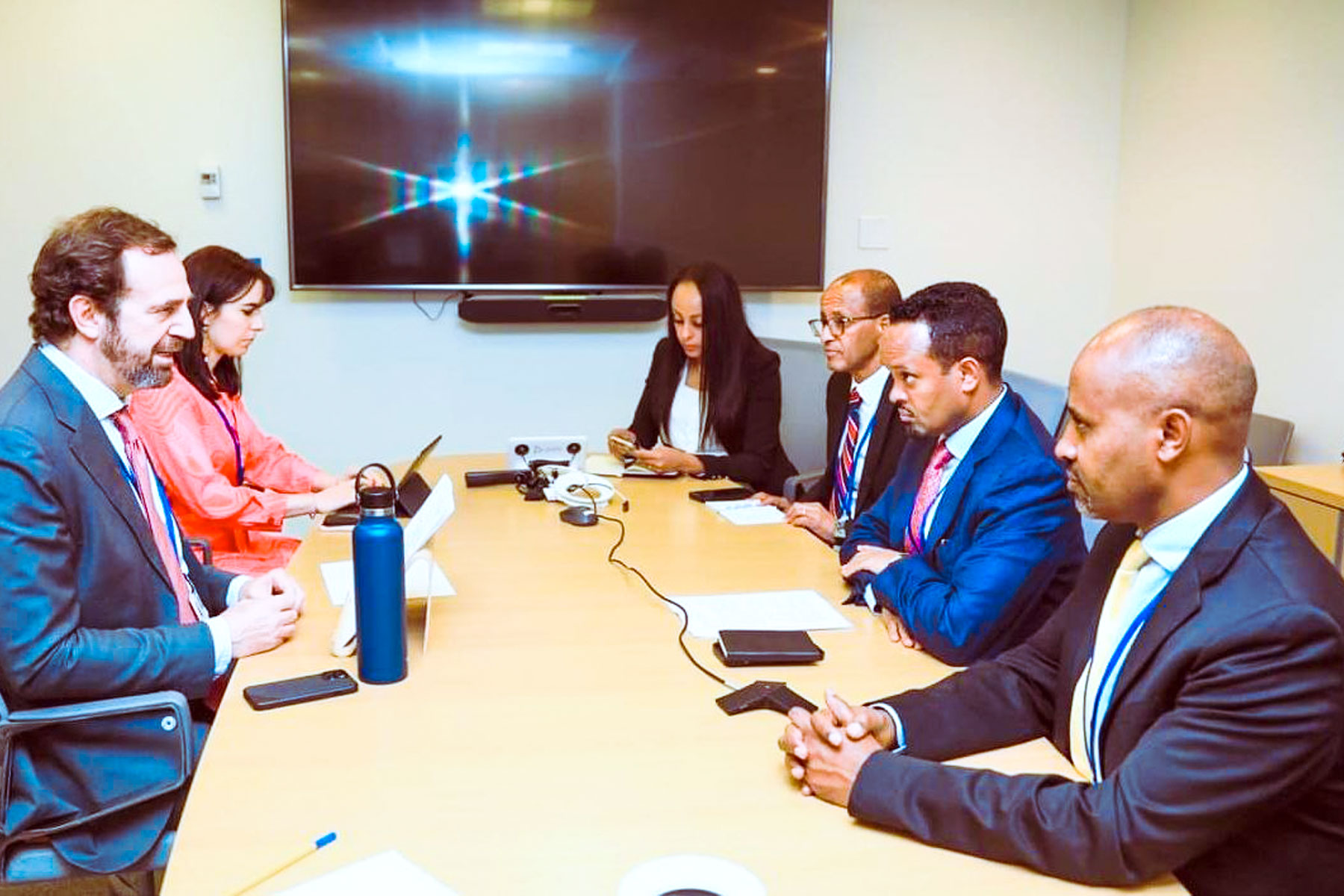
Apr 20 , 2024
Ethiopia's economic reform negotiations with the International Monetary Fund (IMF) are in their fourth round, taking place in Washington, D...

Apr 20 , 2024 . By BERSABEH GEBRE
An undercurrent of controversy surrounds the appointment of founding members of Amhara Bank after regulat...
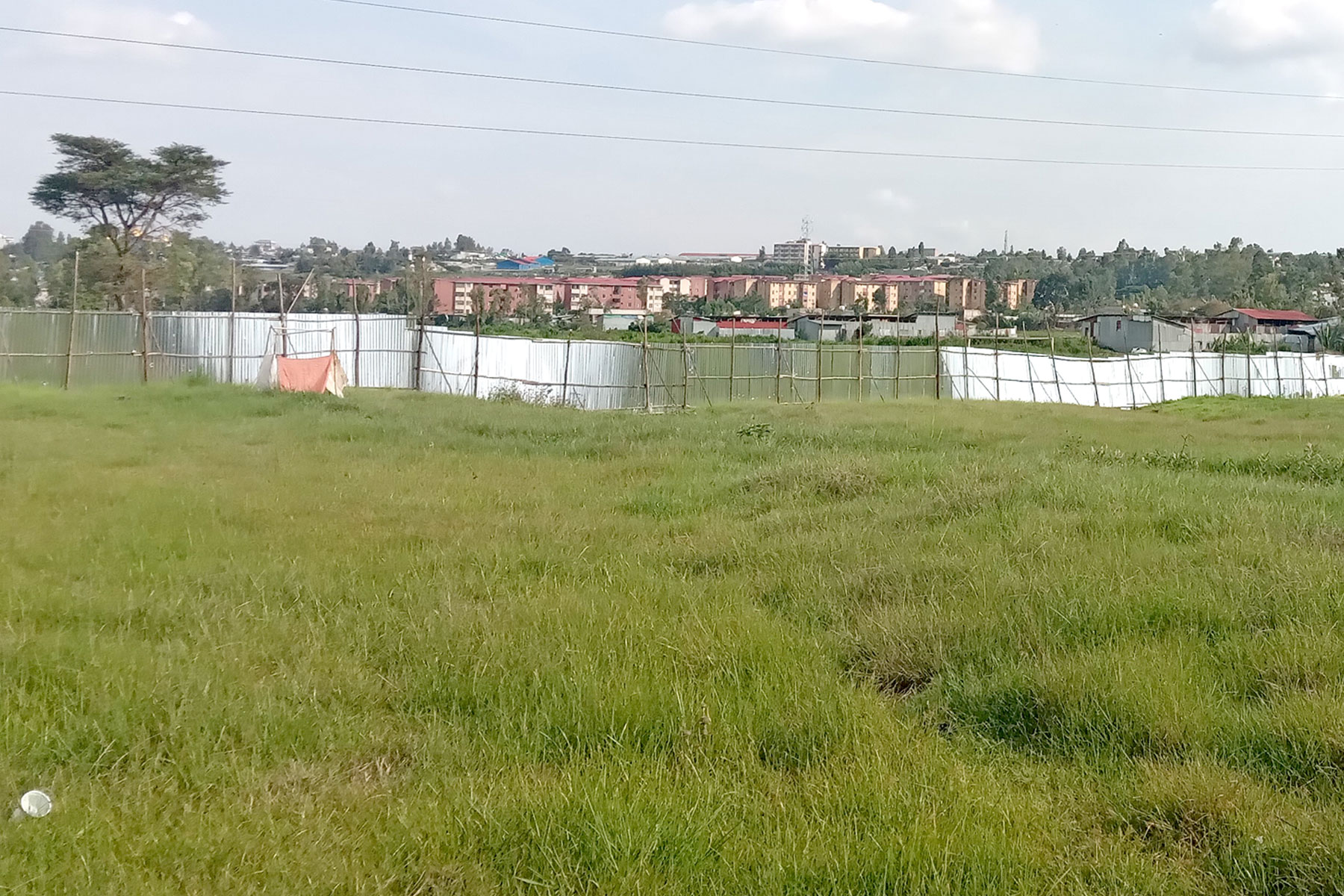
An ambitious cooperative housing initiative designed to provide thousands with affordable homes is mired...

Apr 20 , 2024 . By AKSAH ITALO
Ethiopia's juice manufacturers confront formidable economic challenges following the reclassification of...